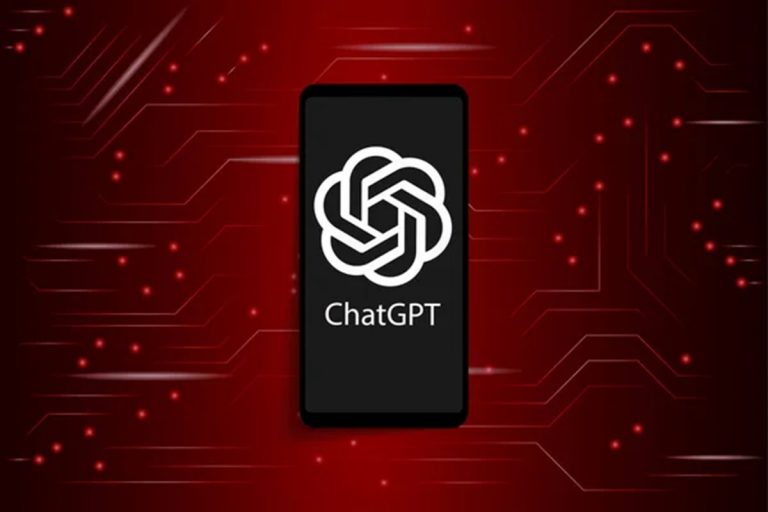
OpenAI has announced the release of its latest o-series models, o3 and o4-mini, marking a significant leap in AI reasoning capabilities.
These models, trained to deliberate longer before responding, are the most advanced models OpenAI has developed, offering improved performance for users ranging from casual enthusiasts to seasoned researchers.
For the first time, OpenAI’s reasoning models can autonomously leverage all ChatGPT tools including web search, Python code execution, image analysis, and image generation to deliver detailed, thoughtful responses to complex queries, typically in under a minute.
Register for Tekedia Mini-MBA edition 19 (Feb 9 – May 2, 2026): big discounts for early bird.
Tekedia AI in Business Masterclass opens registrations.
Join Tekedia Capital Syndicate and co-invest in great global startups.
Register for Tekedia AI Lab: From Technical Design to Deployment (next edition begins Jan 24 2026).
Announcing the launch, OpenAI wrote,
“Today, we’re releasing OpenAI o3 and o4-mini, the latest in our o-series of models trained to think for longer before responding. Critically, these models are trained to reason about when and how to use tools to produce detailed and thoughtful answers in the right output formats, typically in under a minute, to solve more complex problems.
“This allows them to tackle multi-faceted questions more effectively, a step toward a more agentic ChatGPT that can independently execute tasks on your behalf. The combined power of state-of-the-art reasoning with full tool access translates into significantly stronger performance across academic benchmarks and real-world tasks, setting a new standard in intelligence and usefulness.”
Key Advancements
OpenAI o3: A Frontier-Pushing Reasoning Powerhouse
OpenAI o3 is the company’s most sophisticated reasoning model, excelling in coding, mathematics, science, and visual perception. It sets new state-of-the-art benchmarks on Codeforces, SWE-bench (without custom scaffolding), and MMMU, making it ideal for intricate queries requiring deep analysis. The model shines in visual tasks, such as interpreting charts, images, and graphics. External evaluations show that o3 reduces major errors by 20% compared to OpenAI o1 on challenging real-world tasks, with a standout performance in programming, business consulting, and creative ideation. Testers praised its ability to generate and rigorously evaluate novel hypotheses, particularly in biology, math, and engineering.
OpenAI o4-mini: Fast, Cost-Efficient, and High-Performing
OpenAI o4-mini is a compact model optimized for speed and affordability, delivering impressive results in math, coding, and visual tasks. It outperforms all benchmarked models on AIME 2024 and 2025, achieving a remarkable 99.5% pass@1 (100% consensus@8) on AIME 2025 with Python interpreter access. While tool use simplifies AIME tasks, o4-mini’s efficiency in leveraging tools is notable. It surpasses its predecessor, o3-mini, in non-STEM domains and data science, offering higher usage limits for high-volume, high-throughput applications. External evaluators noted improved instruction adherence and verifiable responses, bolstered by web source integration.
Enhanced Features and User Experience
Both models exhibit a more natural, conversational tone and leverage memory from past interactions to provide personalized, context-aware responses. Their ability to dynamically select and combine tools enables them to tackle multi-step problems with greater accuracy and utility. Compared to earlier o-series models, o3 and o4-mini deliver more reliable and engaging interactions, setting a new standard for AI intelligence and practical application.
Looking Ahead
OpenAI’s latest models signal a unified future, blending advanced reasoning with natural conversation and tool use. The company is merging the specialized reasoning prowess of its o-series with the natural conversational fluency and versatile tool integration of the GPT-series.
This convergence aims to create future models that deliver seamless, engaging dialogues while proactively leveraging tools for advanced problem-solving, setting the stage for more intuitive and powerful AI interactions.



